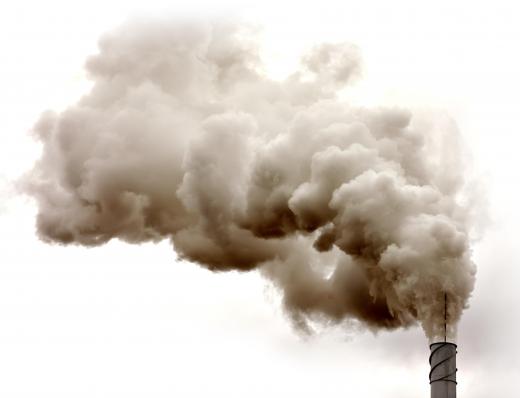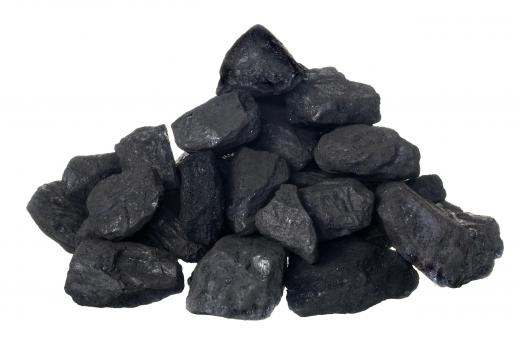Desulfurization is the process of removing sulfur from something to prevent contamination. Also known as hydrodesulfurization or HDS, this chemical process reduces the sulfur dioxide emissions and converts them to sulfuric acid. The sulfuric acid is then used in car batteries and fertilizer. The most commonly required desulfurization process is in natural gas. Additional desulfurizing is required for flue gas, coal, and oil.
Natural gas desulfurization is typically accomplished by adsorption. A bed of activated carbon is used as the filter for natural gas pipelines. As the natural gas runs through the pipeline, it runs through the activated carbon at an established interval. The sulfur is left behind and adsorbed into the activated carbon. Tests are performed regularly to ensure the levels of sulfur remain in the acceptable level.
Flue gas is the byproduct of power plants and refers to the exhaust from burning fossil fuels. Flue gas desulfurization is required to reduce the amount of sulfur dioxide getting into the air. It is a large factor in the formation of acid rain.

A device called a scrubber is used to remove sulfur from flue gas. It works by combining the sulfur with lime or limestone to create a compound or slurry. The slurry is then removed by absorbing the slurry and converting it to gypsum, which is used to make wallboard or cement.
Coal desulfurization is achieved in three ways. The most common method is separation by density. Shaking tables or jigs sift the material and separate it into smaller particles. The impurities are then removed. Commercial practices for large amounts of coal employ a coal spiral or cyclone that uses centrifugal force to separate the coal from sulfur.

Another method is through flotation or flocculation. In this method, the coal is submerged in liquid. Mineral matter is lighter than coal so it will float to the top, allowing the pollutants to be skimmed off. A final method is magnetic susceptibility. This method runs an electric current through the coal, which attracts pyrite sulfur and only works on fine particle coal.

Oil desulfurization works in two main ways. The first is similar to natural gas desulfurization because it also uses activated carbon filters. This method is typically only used if the oil has a relatively low, less than 50ppm, sulfur level to begin with. The other method, microbial desulfurization, uses the Rhodococcus organism to remove sulfur compounds, which reduces air pollution during the refining process.
